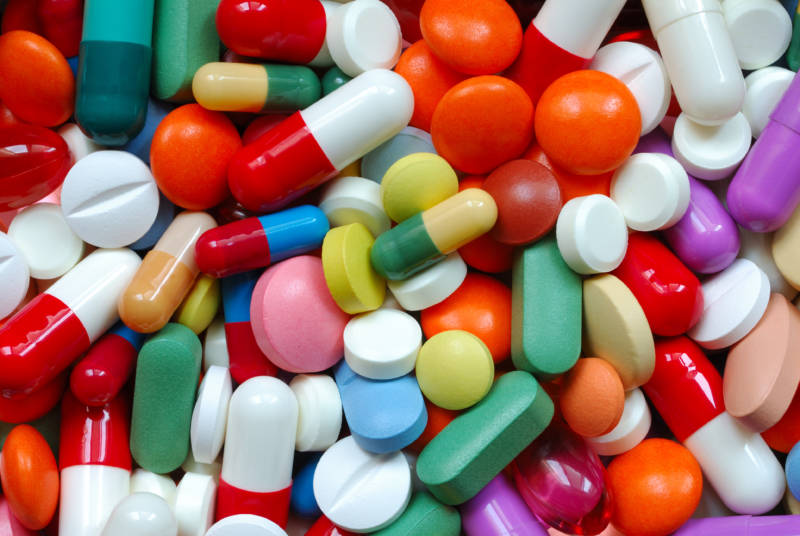Almost half of all Americans take prescription painkillers, tranquilizers, stimulants or sedatives, according to results of a federal survey released Thursday. The prevalent use of these drugs could help explain why millions of Americans end up misusing or abusing them.
Last year, for the first time, the government's National Survey on Drug Use decided to ask the people it interviewed about all uses of prescription medicines, not just inappropriate use. The survey found that 119 million Americans over the age of 12 took prescription psychotherapeutic drugs. That's 45 percent of the population.
Of those, about 19 million Americans didn't follow a prescription. Most misuse involved people who acquired the drugs from friends or family. More than a third had a prescription but took those drugs excessively. And about 5 percent bought drugs from a dealer or stranger.
All told, 16 percent of all prescription drug use was actually misuse, according to the report.
There's no question that these drugs help alleviate pain and suffering for millions of Americans. But it's also clear that the system encourages overuse.
